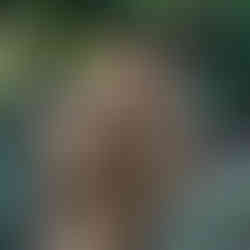Table of Contents
Few experiences are as humbling as going to the supermarket. The aisle lights shine down on you and your best pair of sweatpants as you grab picked-over produce, dodge crying children, and wonder if that bag of Tostios is really organic.
Meanwhile, a tasty nasturtium quietly grows outside.
Perhaps the genius of nature is that it requires no barcodes. No credit card is necessary to harvest an oyster mushroom from a log, pick a dandelion from a meadow, or grab an apple from a tree. And in today's expensive world, why wouldn't we want to nourish our minds and bodies for free?
Foraging is the act of gathering edible wild resources; this is a practical guide on how to get started.
Be 100% certain that your harvests are edible
The golden rule of foraging: never eat anything you haven't positively identified as safe for consumption. The crowning talent of any forager is good decision-making. Use multiple sources when identifying species and never take anything you can't 100% identify.
Additionally, not all parts of a plant may be edible. Know what you can eat and how to prepare it before you chow down.
Check your surroundings. Then check them again.
You found the perfect blackberry vine... only for it to be growing next to poison oak. Double-check your edible plants aren't growing near inedible ones before you harvest.
Also, carefully observe the area you're foraging in. Are you where people have walked their dogs? Where pesticides were used? Where trash was thrown? Keep your food toxin-free!
Use a 1:20 ratio
The best kind of forager is a sustainable one! A 1:20 ratio means you only take from areas with more than 20 individuals growing, supporting the return of resources every year.
Other Helpful Tips
Start in your own backyard
Enjoy wild foods in small quantities (your stomach will thank you!)
Only take what you'll use
Don't forget a knife and a container!














Comments